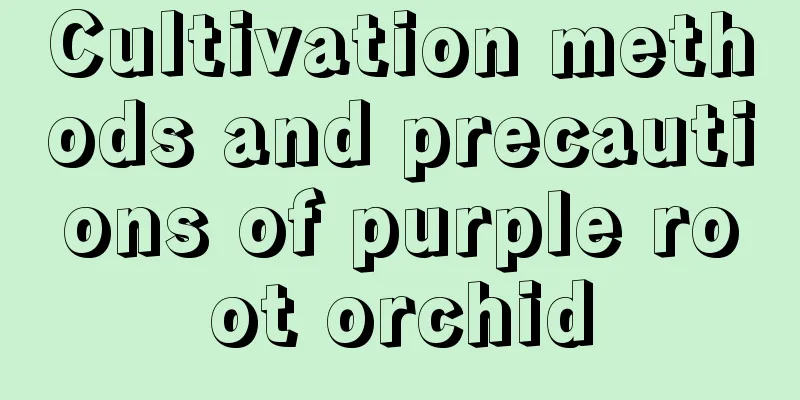How to grow succulent plants Ruby

soilSucculent plants mostly require good drainage and ventilation in the soil. The same goes for rubies. When choosing soil, you can mix cinders, peat soil, and a small amount of perlite together. MoistureRuby likes a humid environment, so the soil should be kept moist for a long time while avoiding waterlogging. In summer and dry seasons, water 1-2 times a day and spray water on the leaves 2-3 times. However, watering in summer should be done in moderation. Do not water without restraint and do not expose the plants to rain for a long time, otherwise the plants will rot. It is best to alternate between dry and wet conditions. Water supply is basically cut off in winter, and when the temperature reaches -5℃, the water supply begins to be cut off slowly. illuminationRuby loves light and requires full sun. When there is insufficient light, the leaves will turn green. When the light is too strong, the leaves will turn dark red and black spots will appear on the leaves. Ruby should be kept exposed to light all year round. In the hot summer, it should be properly shaded to avoid overexposure and burns. temperatureRubies can withstand temperatures as low as minus 4 degrees Celsius in winter. In northern my country, they cannot be placed outdoors in winter but must be placed indoors, and the room temperature must be kept at no less than minus 4 degrees Celsius. When not exposed to the open air, the top growth points of the lower leaves of ruby will be frozen, dry up and die. So be careful to avoid frostbite. In summer, the growth of rubies slows down or stops completely, so they need to be properly shaded and avoid exposure to the sun. FertilizationDuring the growing season of ruby, apply thin cake water fertilizer every 1-2 weeks. In winter, apply thin cake water fertilizer or compound fertilizer every 1-3 weeks. PrecautionsThere are obvious ripples on the inward concave parts of the ruby's leaves. Excessive humidity and heat will cause the entire plant to turn red or even black, while excessive shade will cause the leaves to turn green and elongate. This is the most critical part in the maintenance of ruby. During the cultivation process, you must pay attention to the lighting conditions. Only under suitable light can the color of the leaves be bright and more beautiful. |
<<: Cultivation methods and precautions of red spot grass
>>: Cultivation methods and precautions of yew
Recommend
Characteristics of cactus
1. Appearance and Habit Characteristics 1. Its sh...
How to grow geranium
1. Breeding environment 1. Soil: Geranium does no...
How to plant Platycodon grandiflorum? Planting time and method
Platycodon grandiflorum planting time Platycodon ...
Pick up some fallen leaves from the mountains and sand by the river and throw them into flower pots, and the leaves will be so lush and oily!
Clivia is grown with fallen leaves on the mountai...
Does the weeping crabapple prefer shade or sun?
Does the weeping crabapple prefer shade or sun? T...
When does lavender bloom? How many days does lavender bloom?
1. Flowering time Lavender usually blooms in summ...
When is the right time to sow melons?
Melon planting time Muskmelon, also known as cant...
How to grow lilies, pictures of lilies
1. How to grow lilies Flower pot: To grow lilies,...
How to cultivate bitter vegetable
1. Soil: Bitter melon has a strong adaptability t...
Difference Between Lavender and Sage
the difference Look at the leaves Lavender leaves...
What are the cultivation methods and precautions of cactus
Growth habits of cactus Cactus likes light, but i...
How to grow the succulent plant Jade Fan
1. Cultivation conditions 1. Jade fan is suitable...
Oil sunflower planting time and method
Sunflower planting time When planting oil sunflow...
How to trim the silkworm
1. Withered and yellow branches After growing for...
Eggplant seedling raising time and method
Spring is here and everything is reviving. Many p...









